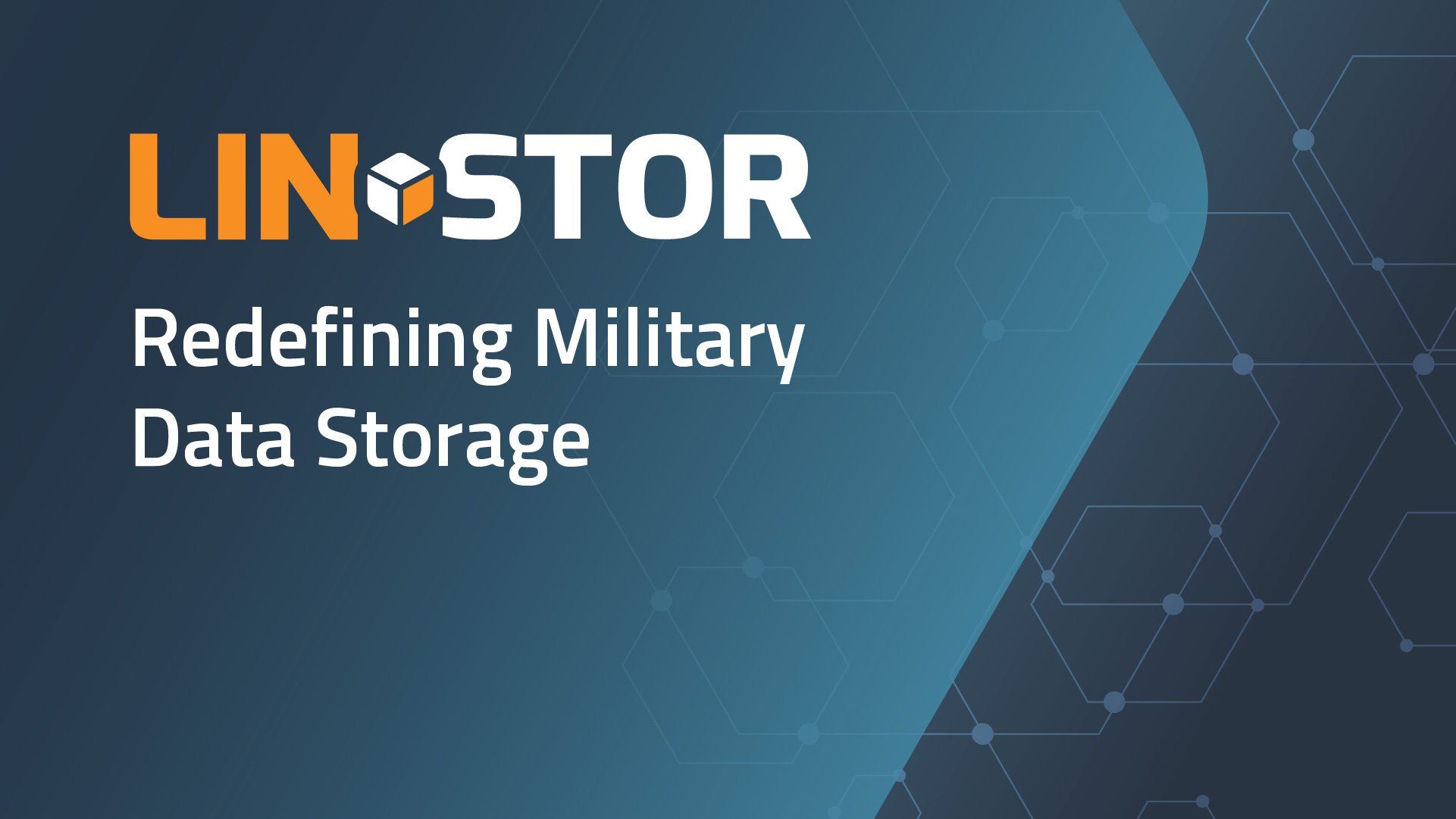Many current software-defined storage (SDS) solutions hinge on the concept of redundant architectures and data center facilities, often relying on multiple systems to guarantee data security and availability. Yet, the evolving landscape demands SDS solutions that can stand strong even without these redundant fallbacks. In scenarios where setting up multiple backup sites or systems isn’t practical or possible, you need an SDS approach that can safeguard data and ensure its accessibility solely based on its inherent robustness, without the need for redundancy and systems administration intervention.
As an example of such a scenario, the role of secure and efficient data storage in military and defense operations has never been more crucial. As these operations become increasingly intertwined with technological advancements, understanding and choosing the right SDS solution becomes a mission in itself. Welcome to Operation Excellence – a journey to choose a proper SDS system designed not just to meet but to exceed the distinctive challenges of military applications.
With a commitment to security, adaptability, and user-centricity, LINSTOR® is more than just storage — it’s your trusted ally in the digital defense landscape. Join us in this blog post to unravel the features and benefits that make LINSTOR a game-changer in military data storage.
Let’s dig into the challenges and requirements for some of the military applications where LINSTOR can help.
Air-Gapped Environments
One of the primary technical challenges in military applications is the operation within air-gapped environments. These isolated setups ensure data security by disconnecting the system entirely from external networks. Any SDS solution for military usage must have:
Data Integrity: Ensure data integrity without regular external updates.(stable branches).
Offline Update Mechanism: Offer secure mechanisms for manual system updates without jeopardizing security.
Data Backup: Have local backups of critical data. If something goes wrong, there’s no way to reach a backup server somewhere else.
Open Source Transparency and Security
Leveraging open source software in military applications offers distinct advantages. It allows for greater flexibility to customize solutions that meet unique defense needs while also fostering community-driven improvements for enhanced reliability. Additionally, open source software code ensures transparency, mitigating hidden vulnerabilities, and reduces costs by eliminating proprietary licensing fees. In essence, open source solutions equip the military with flexible and transparent tools that can be tailored to defense applications.
Using open source software is not without its own challenges which need to be considered before adopting a particular solution. Two prominent challenges are:
Code Examination: Military applications require higher security than most other services. Ensuring that the entire codebase is thoroughly checked for potential vulnerabilities is a monumental task for the security team. Open source software provides the benefit of access to the entire codebase without any proprietary restrictions.
Customization: Being open source allows for rapid customization, whether undertaken by a trained professional or the code maintainer. Open source projects often mean that the time costs of maintenance associated with new features or modifications can be shared with the community or the maintainer. This lessens the responsibility for testing and deploying with every new release.
Fail-Safe Operations
War zones and remote military outposts (such as naval bases, submarines, and others) are not conducive environments for routine IT interventions. In many cases, there are no IT personnel present in the area. As a result, SDS solutions in these contexts need to provide:
Redundant Architectures: Incorporating multiple fail-safes to ensure that a single point of failure doesn’t cripple the system. For example electricity is not redundant in military outposts therefore the SDS should be able to provide proper redundant architecture to ensure data access.
Quick and Unattended Failovers: In case of a failure, the switch to replicated data must be instantaneous, with zero data loss, and without the need for IT personnel.
Autonomous Recovery Mechanisms
The world of SDS is ever-evolving, with a heightened focus on self-reliance. While many systems are built to alert human operators in case of a failure, there’s a rising demand for truly autonomous recovery mechanisms. The reason? Some environments, especially remote or high-security zones, might not have technicians readily available. In these situations, waiting for human intervention could be detrimental. An ideal SDS solution should have self-diagnostic tools to immediately identify an issue. More than that, it should have built-in protocols to rectify the problem or at least mitigate its impact, ensuring the system remains operational or at least minimizes downtime. In essence, the future of SDS lies in well-designed systems that not only detect but also “heal” themselves without waiting for a human to step in.
Seamless Scalability
In the dynamic world of military applications, scalable tech ensures efficiency and adaptability. As military needs shift, scalable systems adjust without wasting resources, ensuring optimal performance at every operational level. It’s about keeping military tech agile, ready for any challenge.
Dynamic Scaling: Storage solutions must be able to scale up or down based on real-time needs, without compromising system performance or security.
Distributed Data: As solutions scale, data must be distributed across multiple nodes to ensure efficient access, even in dispersed operations.
Encrypted Data Transfers
Vulnerability increases when data moves, especially in environments such as military bases where sensitive information might be a target. While many SDS solutions offer encrypted data transfers, the encryption needs to be strong and efficient. This only protects against data compromise but also ensures that encryption doesn’t slow down the system. Essentially, the best SDS solution provides simple encryption that combines security and speed.
End-to-End Encryption: Every bit of data transferred, either within the network or during rare external connections, must be encrypted using algorithms that are more advanced than any potential decryption attacks.
Key Management: An SDS solution should provide proper key management to ensure data is always protected. Keys need to be secure and should be used in security protocols to ensure only authorized access.
Conclusion
The technical challenges of implementing SDS in military operations are considerable, requiring safe, versatile, and armored solutions. LINSTOR emerges as a leader in this space, thanks to its robust design and capabilities. From the transparency of its open source codebase, to its ability to ensure seamless operation in hostile environments, to its safeguards against unsafe operation, along with its automatic recovery mechanisms, LINSTOR is poised to meet the challenges outlined in this article. As security measures evolve in the digital age, a solution such as LINSTOR will help ensure data integrity, security and efficiency.


